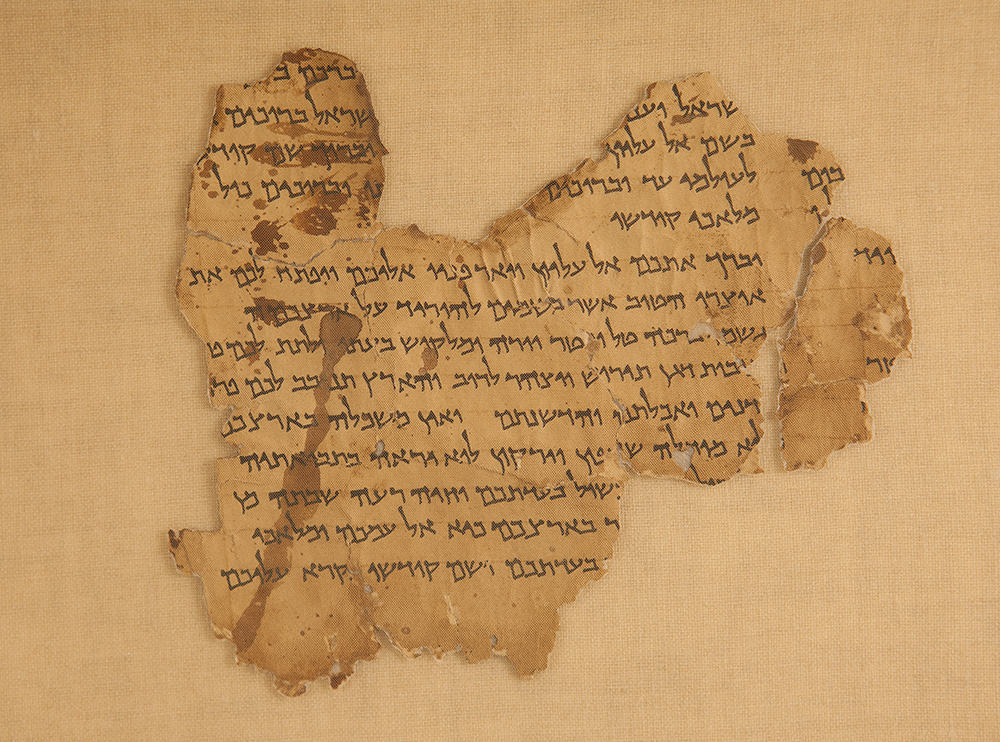The Dead Sea Scrolls, one of the greatest archaeological discoveries of all time, are going to appear in an exhibit at the Denver Museum of Nature and Science from March 16 to Sept. 3.
The scrolls are ancient manuscripts that include the oldest known biblical documents dating back over 2,000 years. They will be presented within a massive exhibit case featuring carefully regulated individual chambers, along with the full English translation. This will make it possible to see a total of 20 scrolls while the exhibition is in Denver. Each rotation includes a scroll that has never before been on public display.
In 1947, a Bedouin goat herder stumbled upon a hidden cave along the shore of the Dead Sea, near the site of the ancient settlement of Qumran. Concealed within the cave were scrolls that had not been seen for 2,000 years. After extensive excavation, thousands of fragments from more than 900 remarkably preserved scrolls were recovered, leading to decades of extraordinary scrutiny, preservation, debate, and awe.
Dates in the Dead Sea Scrolls use the international calendar system of Anno Domini (AD), which began in the year 1, with earlier history notated as Before Christ (BC).
Among the scrolls that will be on display in the exhibit is a piece of the book of Isaiah written around 60 AD and discovered in 1952. The text was originally written in Hebrew.

The visitor will also appreciate a piece of the book of Psalms which names King David as author of the psalms, reinforcing his reputation as the greatest of poets. It was written in 68 AD in Hebrew and discovered in 1956.
At the beginning of the exhibition, a timeline filled with ancient objects takes the visitor back in time more than 3,000 years to the events written about in the Hebrew Bible, also known as the Old Testament. Archaeologists refer to this as the Iron Age (1200–550 BCE). This section includes a replica of a typical Iron Age four-room Israelite house.
The exhibition also includes a replica segment of Jerusalem’s Western Wall, and an authentic stone block, believed to have fallen in 70 AD, from the wall itself. As people do in Jerusalem, visitors may leave notes with hopes, prayers, and dreams in cracks between stones.
In addition, more than 500 artifacts from the ancient Middle East will immerse guests in historic traditions and beliefs that continue to impact world cultures today. The authentic objects include inscriptions and seals, weapons, stone carvings, terra cotta figurines, remains of religious symbols, coins, shoes, textiles, mosaics, ceramics and jewelry. The exhibition is organized by the Israeli Antiquities Authority (IAA).
For more information go to dmns.org/dead-sea-scrolls/




